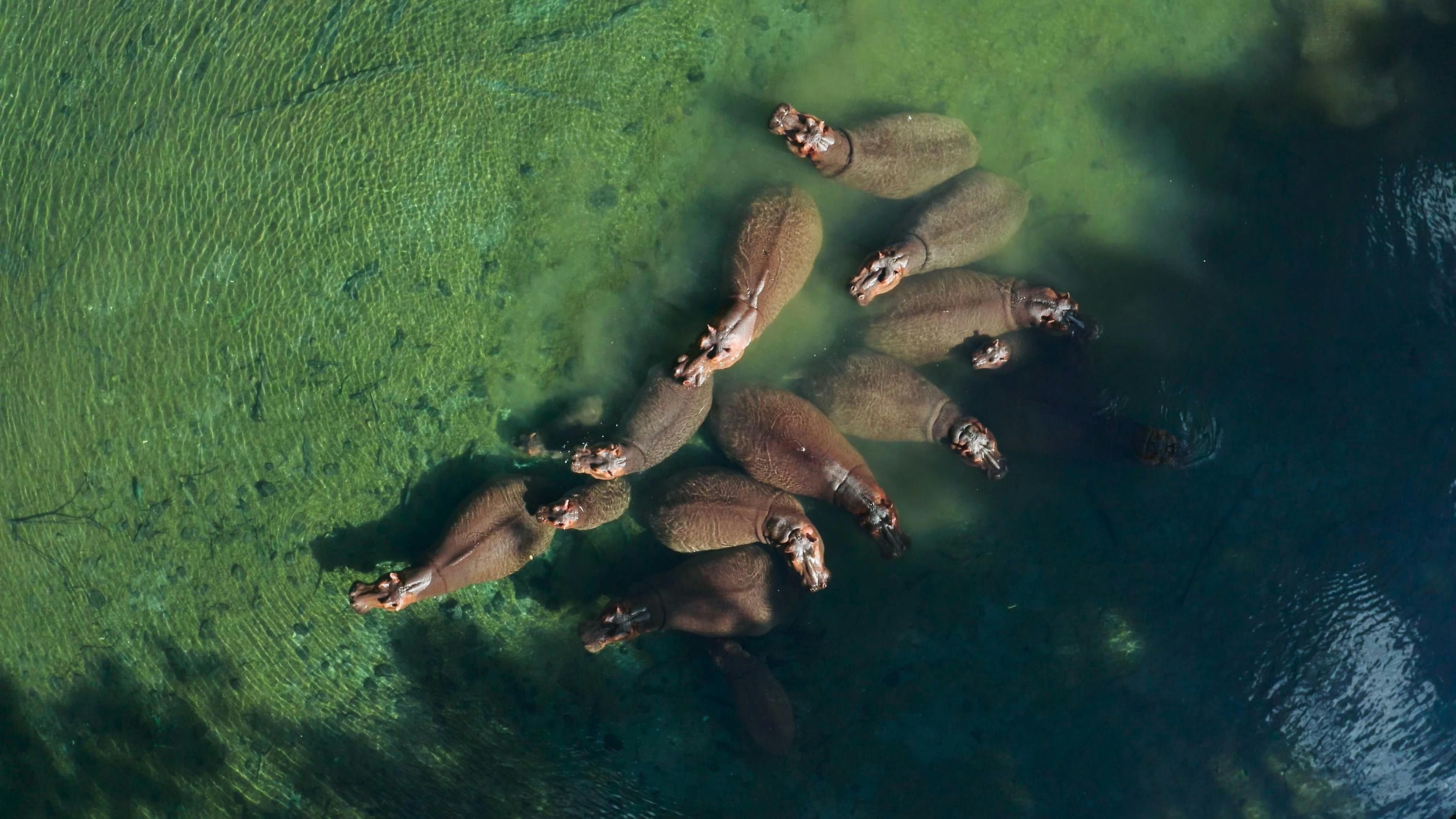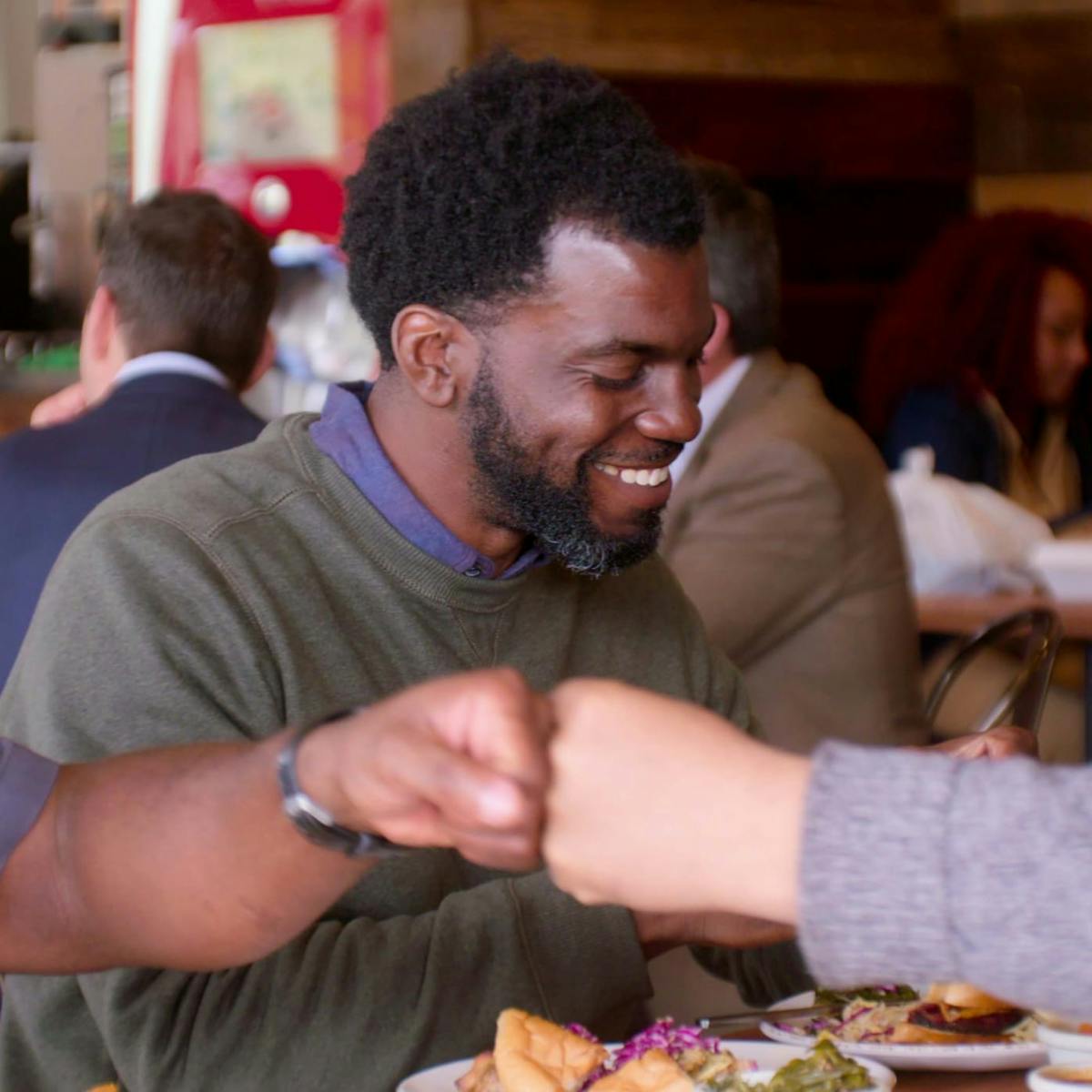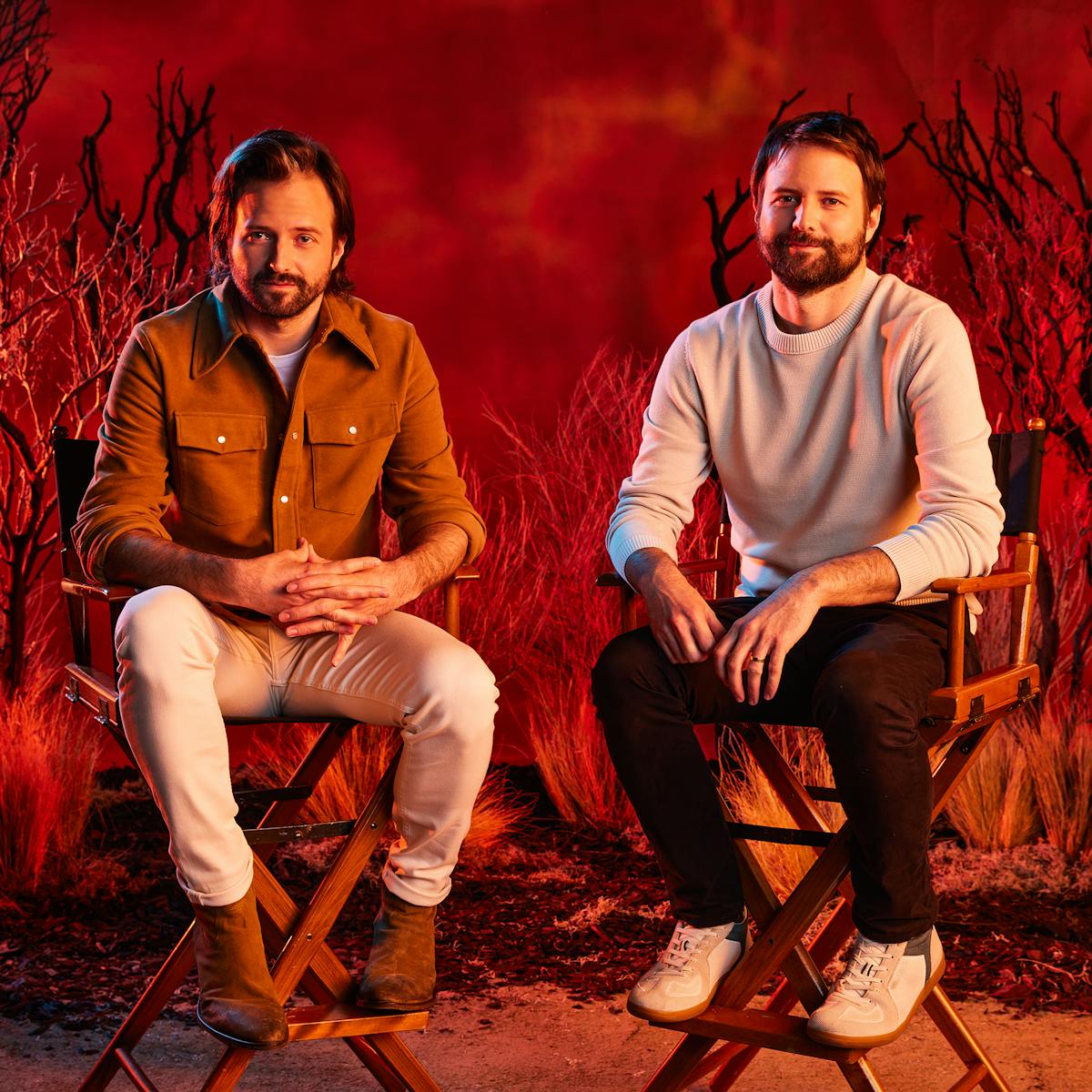An outdoor spaces activist shares her journey to nature.
On some special evenings, on the coast of Gabon, Africa, the hippopotamuses of Loango National Park emerge from their freshwater lagoons to body surf in the Atlantic Ocean. After catching a few waves, they float their way north a few miles to a spot where they chow down on delectable fresh grasses.
There’s nowhere else in the world you’ll find hippos in the ocean. It’s one of the many wonders the national parks of the world are built to protect. And despite being an avid nature lover, until I watched Our Great National Parks, narrated by President Barack Obama, I’d never even heard of Loango National Park. To be even more honest, I had to look at a map to remember where Gabon is located in Africa.
After learning about the surfing hippos in Episode 1, I researched everything I possibly could about them. Hippos are one of the largest land mammals, alongside elephants and white rhinos. They can weigh anywhere from 3,000 to 9,900-plus pounds. The creatures’ grace, beauty, and joy as their vast bodies experience the extraordinary weightlessness of saltwater, had moved me. We, humans, tend to think the bigger the better when it comes to these and other wild animals, but can’t bend ourselves to appreciate the body diversity of humans.
Growing up in San Diego California in the 80s and 90s, before we had multiple screens in our faces all day, I spent almost all of my free time outside because I wanted to. It wasn’t something my parents had to make me do, as so many do with their children now — that is, if they let their kids outside on their own at all. I’d float on the swells and waves of the Pacific Ocean, much like the surfing hippos, or make “potions” with herbs and flowers my mom grew in our garden. Wanting to be outside and to move my body for the fun of it was instinctive and always filled with curiosity. It inspired my creativity and the sense of wonder many of us lose as we get older.
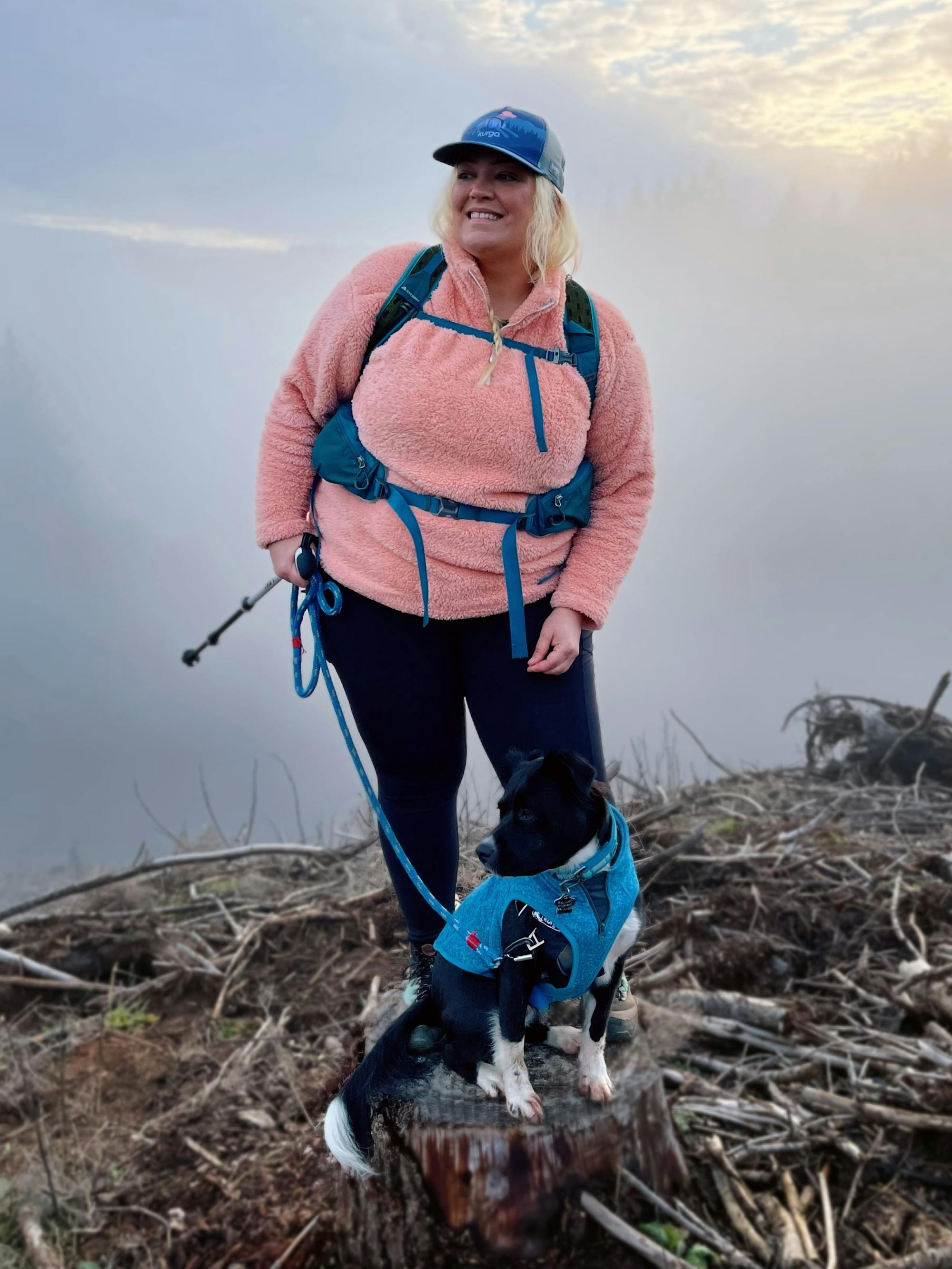
Jenny Bruso
While I was still in elementary school, a fear of being different began to shrink my world. I was bigger than the other kids and I’d already gleaned from the diet talk of adults and television, as well as the teasing from peers, that being different wasn’t a good thing. I was also queer and I didn’t yet know what that meant, but it made me feel even more alienated. At just nine years old, I started dieting and obsessing over how to get attention from boys. Trying to achieve sameness was an act of survival.
When I started hiking as an adult, just 10 years ago, it reignited that sense of curiosity and freeness in my body I’d had as a young person. I didn’t just want to be outside, I needed to be outside. On the trail, I could take up all the space I needed. I didn’t have to make myself smaller physically or emotionally to fit our cultural obsession with sameness. The trees and the dirt and the waterfalls continue to show me, time and time again, that I am made of the same stuff they are and I am exactly where I belong, just as I am.
In 2016, I began an outdoor community and hiking group on Instagram called Unlikely Hikers. It’s a place for those of us who don’t fit the mold of what we commonly think of as “outdoorsy”: white, cisgender, thin, able-bodied, heterosexual people. All over the country, Unlikely Hikers leads low mileage, body-positive, slower paced hikes designed to welcome all and to meet people where they are because the body they are in right now is the right one for the outdoors.
In Episode 1 of Our Great National Parks, Obama says, “The natural world can continue to surprise us as long as we give it space to thrive.” Humans have forgotten that this includes us, too. Aside from wanting to reconnect people with the natural world, it was also important to me to build an intentional outdoor community that isn’t only about the healing we receive from nature, but also about what we can do to return the healing. We often lead clean-up hikes and trail crew experiences, joining park services in maintaining the trails and outdoor spaces we love by clearing up fallen trees, replanting native vegetation and even building new trails.
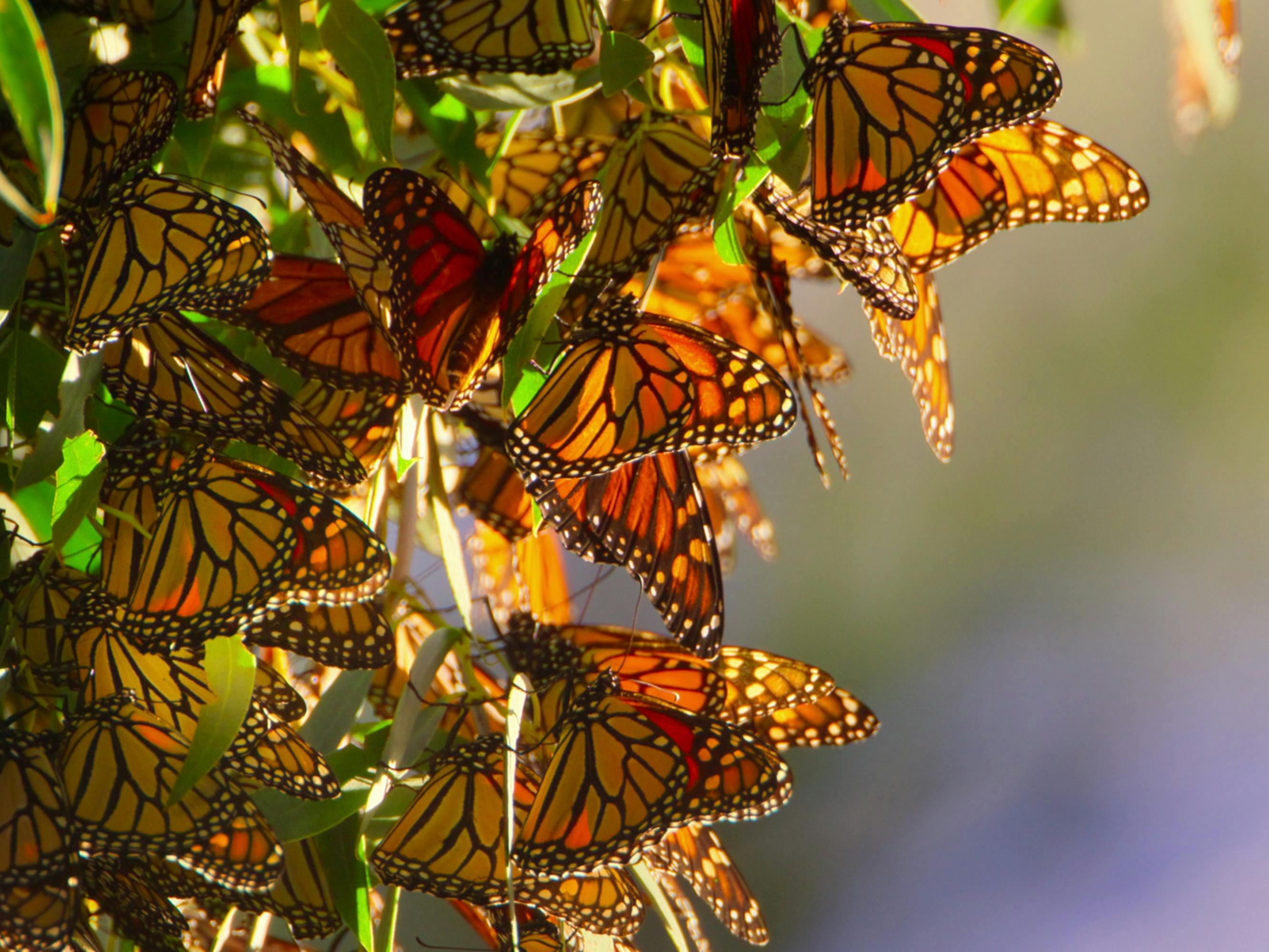
Monarch butterflies
I feel a connection to something so much bigger than myself, and I wanted others to feel this too. Many of the world’s national parks were created to protect the landscapes we love for the enjoyment and education of generations to come. When we began to protect these wild places, we had little idea of what the future would hold environmentally. And now, with the mass extinction and endangerment of so many species, the protection of these spaces has become more important than ever. The national parks of the world are some of the last strongholds of wilderness and wildlife, protecting natural resources and the important ecosystems and habitats vital to the survival of all species.
From the tiniest fungi to the giant redwoods, Our Great National Parks highlights the ease of diversity in nature and the importance of its preservation. The great blue whales of Episode 4 that migrate to Monterey Bay National Marine Sanctuary each year are just as awe inspiring as the masses of microscopic phytoplankton that color the bay its signature green. Whether we consider ourselves national parks super fans or climate change warriors, or our relationship with the outdoors is putting on a great nature documentary that appears in the “trending now” section of the Netflix homepage, Our Great National Parks, implores us to explore this interconnectedness and approach the world with curiosity.
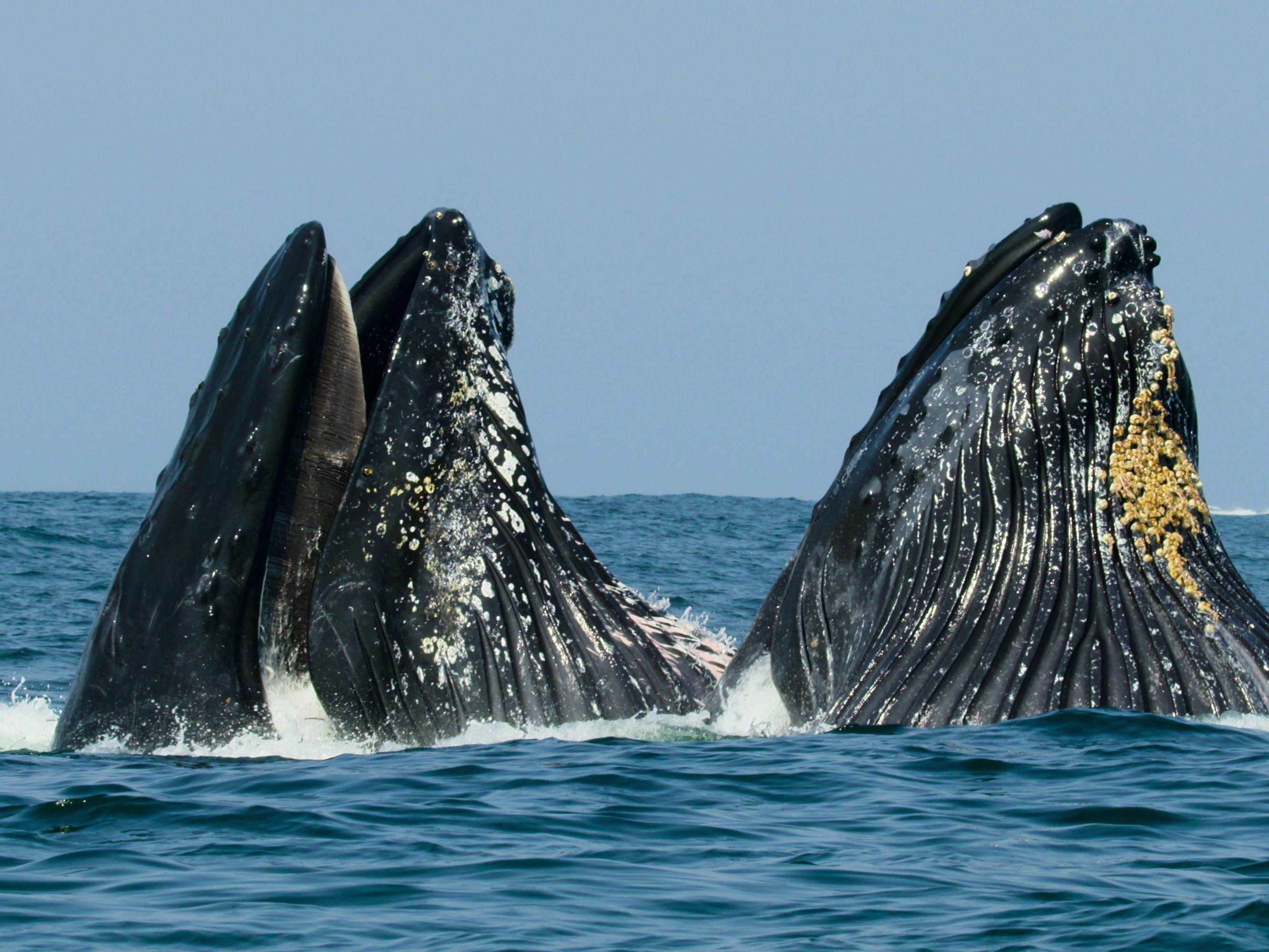
Great blue whales
How do we innately understand the poetry of the red-billed quelea flying at dawn in Kenya’s Tsavo National Park in Episode 3? Why does the nearly extinct monarch butterfly migration move us to tears in Episode 4? Because they touch the ancestral place of knowing that lives inside all of us and calls us back home.
We don’t know what we don’t know, and we often don’t care about what we can’t see. Our Great National Parks is an invitation to parts of the world many of us have never heard of and may never see. And a reminder that national parks can change not just how we see the world, but how we see each other and ourselves, and how we see the future.
